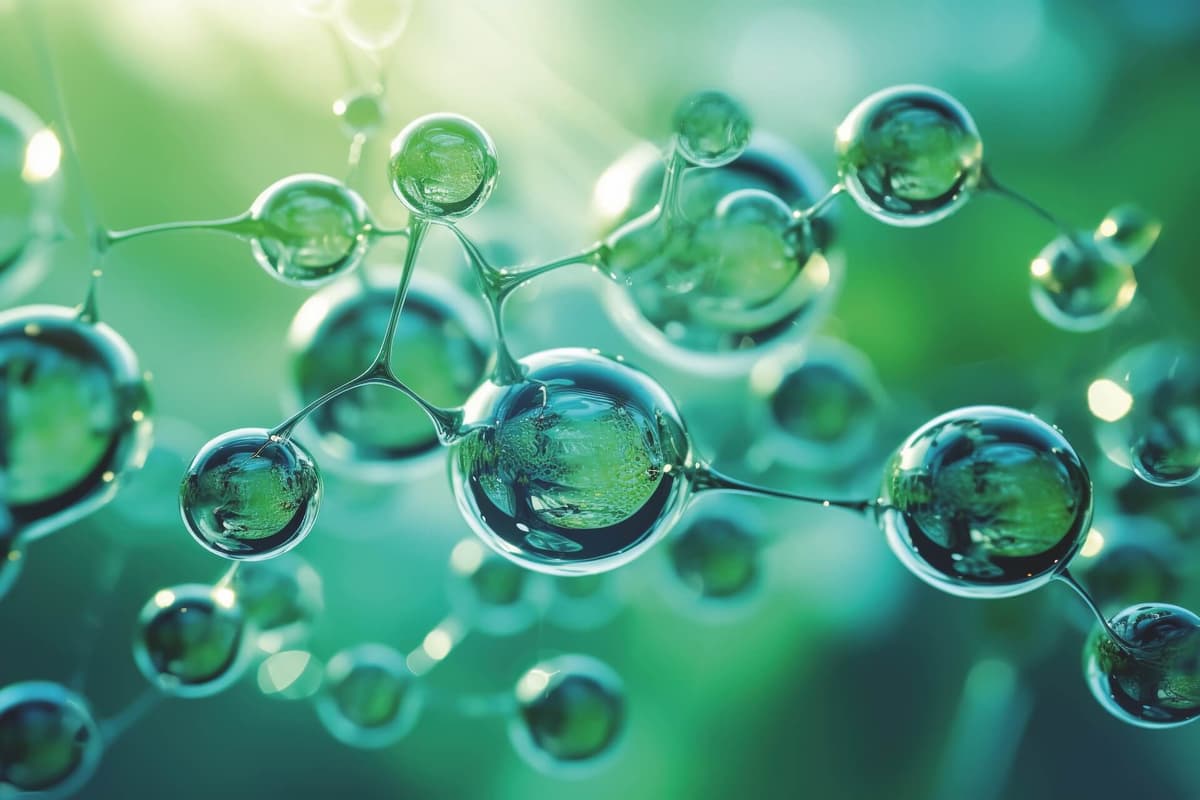The Shift Away from PFAS: Innovations in Ion Exchange Membranes for Green Hydrogen and Beyond
Key Ideas
- PFAS-based membranes, once the standard for durability, face pressure due to environmental concerns, leading to a shift towards safer alternatives.
- The ion exchange membrane market is forecasted to exceed $2.9 billion by 2035, driven by applications in electrolysers, hydrogen fuel cells, and carbon capture technologies.
- Green hydrogen is a significant driver for the adoption of ion exchange membranes in electrolysers, with anion exchange membrane systems emerging as a cost-effective, PFAS-free alternative.
- Innovations in membrane technology are not only benefiting hydrogen production but also impacting areas like redox flow batteries, water treatment, and carbon capture systems.
The article discusses the changing landscape of ion exchange membranes, particularly the shift away from PFAS-based membranes towards safer alternatives in response to environmental concerns. Perfluoroalkyl sulfonate (PFAS) membranes, notably Nafion, have been widely used for their durability and performance, but their association with health risks and environmental persistence has prompted developers to explore hydrocarbon-based alternatives like polybenzimidazole and polyether ether ketone. This shift is driven by the growing green hydrogen sector and increasing environmental scrutiny.
The market for ion exchange membranes is expected to grow significantly, reaching over $2.9 billion annually by 2035, fueled by their application in electrolysers, hydrogen fuel cells, and carbon capture technologies. Green hydrogen, in particular, plays a vital role in driving the adoption of ion exchange membranes, with anion exchange membrane systems emerging as a promising, PFAS-free option for electrolysers.
Moreover, membrane innovations are not limited to hydrogen production but also extend to areas like redox flow batteries, water treatment, and carbon capture systems. Manufacturers are developing ultrathin membranes to enhance power density in hydrogen fuel cells, especially crucial for transport applications. The article highlights the broader impact of ion exchange membranes in various industries, such as semiconductor manufacturing, where membrane technology is crucial for processes like electro-deionisation and desalination, reflecting a trend towards sustainability-driven technology choices.
Topics
North America
Innovation
Sustainability
Green Energy
Membrane Technology
Chemical Industry
Water Treatment
Latest News
